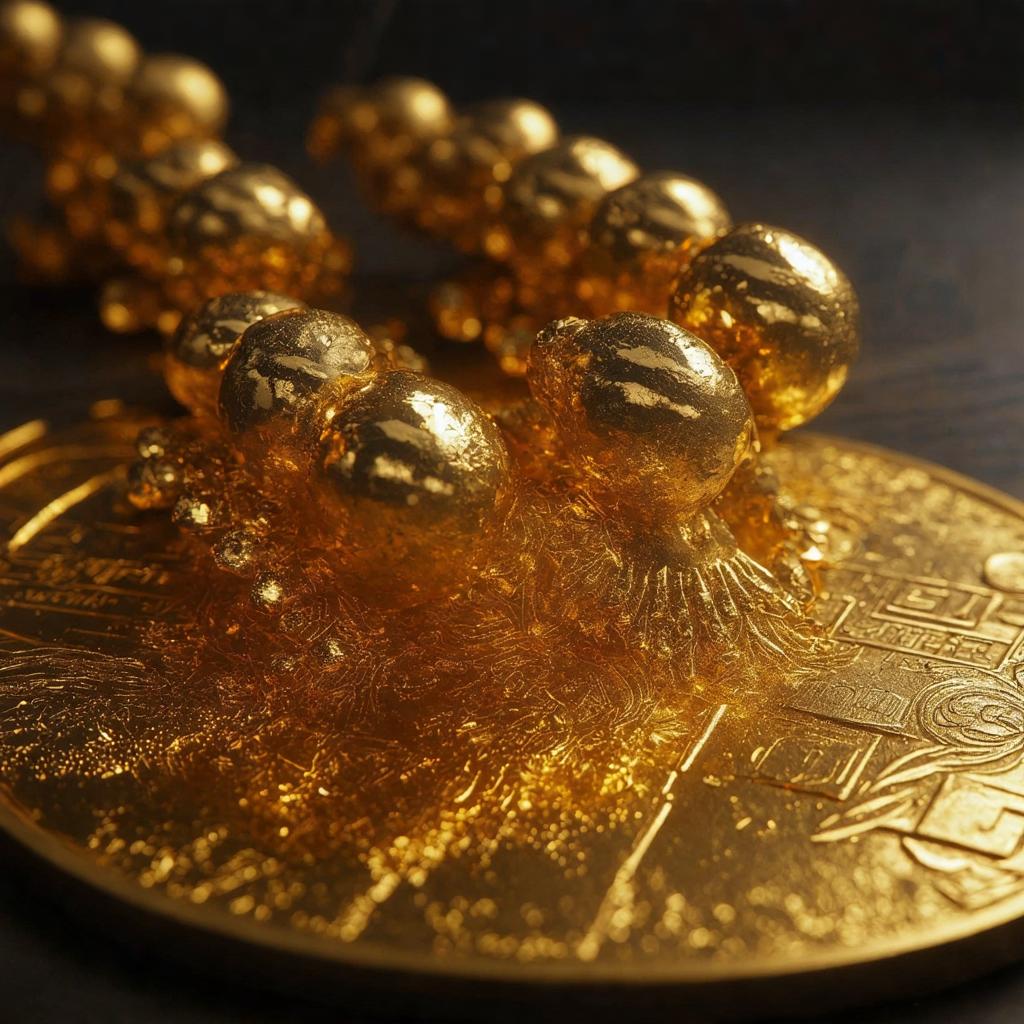Have you ever wondered if those shiny gold medals handed out at the Olympics are the real deal? Well, get ready to find out the truth behind the bling.Grab your popcorn and let’s dive into the glittering world of Olympic gold medals.
Are olympic Gold medals Really made of gold?
Many people believe that Olympic gold medals are made entirely of gold, but in reality, this is not the case. While the medals do contain a small amount of gold, they are primarily made of silver. Actually, the gold medals at the Olympics are required to be at least 92.5% silver, with just 6 grams of gold plating on top.
So why are they called gold medals if they are not made entirely of gold? Well,the answer lies in tradition. The practice of awarding gold, silver, and bronze medals dates back to the first modern Olympics in 1896. Gold has always been associated with victory and achievement, so even tho the medals are not solid gold, they still hold a special significance to the athletes who win them.
The Composition of Olympic Gold Medals Revealed
Ever wondered if the gold medals given out at the Olympics are actually made of real gold? Well,the composition of Olympic gold medals has finally been revealed,and it might surprise you! While the gold medals do contain a small amount of actual gold,they are primarily composed of:
- Silver: The bulk of the medal is made up of silver,giving it a sturdy base.
- Gold Plating: A thin layer of real gold is added to the surface of the medal to give it its iconic appearance.
- Copper: A small amount of copper is also used in the composition of the medal to help with durability and strength.
So, while the gold medals at the Olympics may not be entirely made of gold, they still hold immense symbolic value and represent the pinnacle of athletic achievement. The intricate design and expert craftsmanship that go into creating these medals make them a prized possession for any Olympic athlete lucky enough to receive one.
Debunking the Myth: Why Olympic Gold Medals Aren’t Pure Gold
Many people believe that Olympic gold medals are made entirely of gold. However, this is simply not true. in fact, Olympic gold medals are predominantly made of silver, with only a small amount of actual gold plating. This is due to the high cost of gold,as well as the need for durability in the medals.
Each Olympic gold medal is required to contain a minimum of 6 grams of gold plating, while the rest of the medal is made up of 92.5% silver. The gold plating is purely symbolic, as the true value of the medal comes from the hard work and dedication of the athletes who earn them. So next time you see an Olympic gold medal, remember that its not the gold that makes it special, but the incredible achievements it represents.
how to Appreciate the Value of Olympic Gold Medals
When it comes to the Olympics, the gold medals are a symbol of ultimate achievement and recognition. But have you ever wondered if these coveted prizes are actually made of real gold? The truth is, while the gold medals awarded to Olympic champions are definitely valuable in terms of symbolism and prestige, they are not entirely made of gold. Actually, as 1912, the gold medals have been required to be made of at least 92.5% silver, with a thin coating of real gold.
While the gold medals may not be 100% gold, their value comes from more than just the precious metal content. These medals represent years of hard work, dedication, and sacrifice put in by the athletes who earn them. They are a testament to the blood, sweat, and tears shed in pursuit of excellence on the world stage. So, even though the gold medals may not be solid gold, their true value lies in the incredible achievements they symbolize and the memories they hold for the athletes who receive them.
Q&A
Q: Are the gold medals at the Olympics actually made of real gold?
A: No, they are not! Despite their name, Olympic gold medals are actually made mostly of silver.Q: So,if they’re not pure gold,what are they made of exactly?
A: Gold medals are required to be at least 92.5% silver, plated with a minimum of 6 grams of gold.Q: Why are the gold medals not made of solid gold?
A: The cost of producing solid gold medals would be astronomical, as the price of gold is constantly fluctuating. Using a silver base with a gold plating is a more affordable option.
Q: Do athletes receive any monetary value for their gold medals?
A: While the medals themselves are not worth much in terms of the materials used, some countries do offer cash rewards to athletes who win gold medals.
Q: How much gold is actually used in an Olympic gold medal?
A: on average, an Olympic gold medal contains approximately 1.34% gold by weight. The majority of the medal is silver.
Concluding Remarks
while the gold medals awarded at the Olympics may not be made entirely of pure gold, they still represent the pinnacle of athletic achievement. So next time you see an athlete proudly wearing their gold medal, remember that it may not be solid gold, but it is indeed definitely worth its weight in glory. Thanks for tuning in to this brief look at a shiny topic in the world of sports. Stay informed, stay curious, and stay golden!


